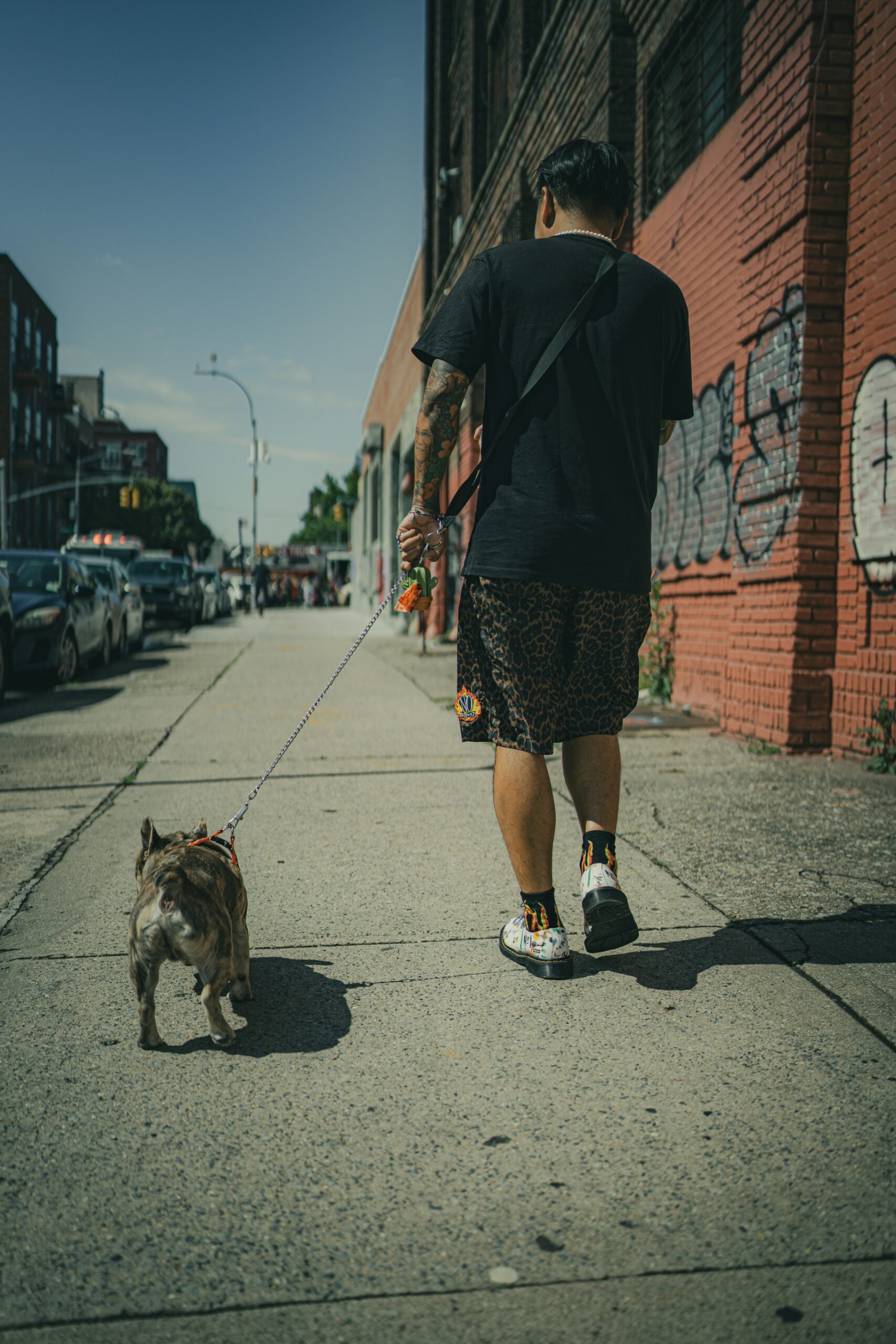

When José wakes up in his Miami apartment, surrounded by plants and the quiet rhythm of his dog’s paws, it’s easy to mistake his life for peaceful. But behind that calm lies a story of survival — and the crushing reality of medical debt in America. “I’m proud of what I’ve gone through,” he says. “I don’t let fear run anything in my life anymore.”
At just 31, José has faced more than most do in a lifetime. A cybersecurity student and freelance graphic designer, he’s rebuilding after two near-death experiences that left him both traumatized and buried under medical bills.
The first happened on what should’ve been a normal night out. “I wasn’t even drinking alcohol,” he recalls. “Next thing I know, I wake up in the ICU with tubes down my throat.” Someone had slipped GHB—the date rape drug—into his drink. Doctors told him the dose was enough to kill him. He spent three days in intensive care and a week in the hospital, uninsured and terrified of what the bills would bring.
His fears were justified. “The ambulance alone was $5,000—and I live two miles from the hospital,” he says. “All together, the bills added up to about $70,000.”
Months later, while visiting another city, José was attacked and stabbed twice during a robbery. “It’s been an interesting year,” he says, managing a tired laugh. “You look at yourself and think, wrong time, wrong place—but everything happens for a reason.” To cope, José began therapy and medication while juggling classes and freelance work. He admits that most days, he simply tries not to think about the debt. “I just dissociate from it,” he says. “I’m trying to build a future; not drown in something I can’t fix right now.”
Still, he refuses to lose hope. “Either a solution comes, or I’ll get to a place where I can pay it off and move on,” he says.
His story is a reminder that in today’s healthcare system, one unexpected event can destroy financial stability—but resilience can’t be billed.
In the U.S., close to 100 million people have medical debt, and, most cases of bankruptcy, are the result of medical debt. One essential step to limiting medical debt in Florida is for the state to expand Medicaid. Florida is one of just 10 states that have not expanded Medicaid. To learn more, see here.
When José wakes up in his Miami apartment, surrounded by plants and the quiet rhythm of his dog’s paws, it’s easy to mistake his life for peaceful. But behind that calm lies a story of survival — and the crushing reality of medical debt in America. “I’m proud of what I’ve gone through,” he says. “I don’t let fear run anything in my life anymore.”
At just 31, José has faced more than most do in a lifetime. A cybersecurity student and freelance graphic designer, he’s rebuilding after two near-death experiences that left him both traumatized and buried under medical bills.
The first happened on what should’ve been a normal night out. “I wasn’t even drinking alcohol,” he recalls. “Next thing I know, I wake up in the ICU with tubes down my throat.” Someone had slipped GHB—the date rape drug—into his drink. Doctors told him the dose was enough to kill him. He spent three days in intensive care and a week in the hospital, uninsured and terrified of what the bills would bring.
His fears were justified. “The ambulance alone was $5,000—and I live two miles from the hospital,” he says. “All together, the bills added up to about $70,000.”
Months later, while visiting another city, José was attacked and stabbed twice during a robbery. “It’s been an interesting year,” he says, managing a tired laugh. “You look at yourself and think, wrong time, wrong place—but everything happens for a reason.” To cope, José began therapy and medication while juggling classes and freelance work. He admits that most days, he simply tries not to think about the debt. “I just dissociate from it,” he says. “I’m trying to build a future; not drown in something I can’t fix right now.”
Still, he refuses to lose hope. “Either a solution comes, or I’ll get to a place where I can pay it off and move on,” he says.
His story is a reminder that in today’s healthcare system, one unexpected event can destroy financial stability—but resilience can’t be billed.
In the U.S., close to 100 million people have medical debt, and, most cases of bankruptcy, are the result of medical debt. One essential step to limiting medical debt in Florida is for the state to expand Medicaid. Florida is one of just 10 states that have not expanded Medicaid. To learn more, see here.


Florida Health Justice Project engages in comprehensive advocacy to expand health care access and promote health equity for vulnerable Floridians.
A copy of the official registration and financial information may be obtained from the division of consumer services by calling 1-800-HELP-FLA (435-7352) toll-free within the state. Registration does not imply endorsement, approval, or recommendation by the state.
